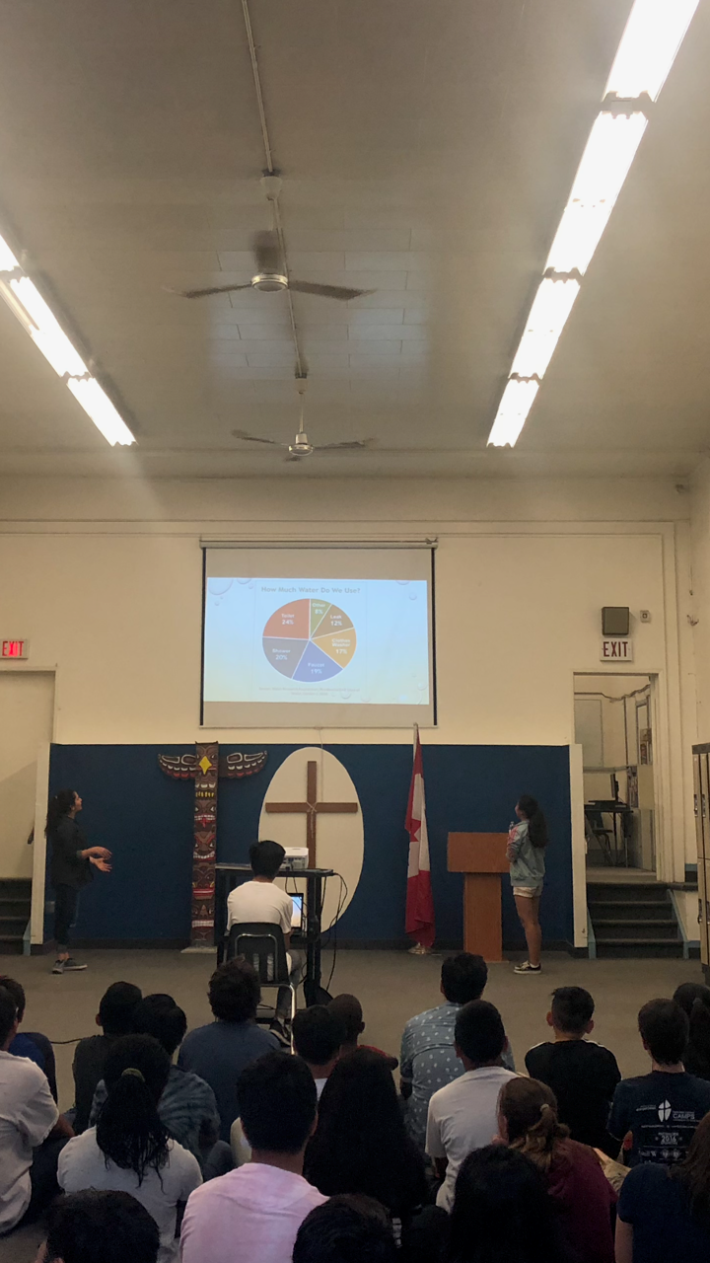2019, CINCINNATI, OH, UNITED STATES
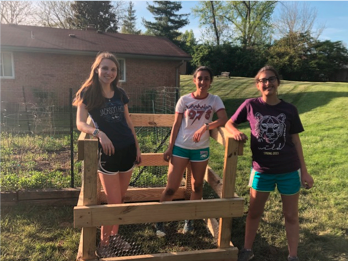
In Wyoming High School’s AP Environmental class, students learned about the watershed and entered a citywide watershed contest. This project challenged individuals to generate and implement an idea that would benefit their watershed. One group, composed of students, Jenny Lewis, Stella Dionysiou, and Carla Unzueta had a goal of building a compost bin for their high school or one of the primary schools in their location. Unfortunately, the initial plan was rejected by the schools, so they began to think about another way they could implement a bin into the community.
In the end, the group constructed a compost bin for a neighborhood in Wyoming Ohio. This was done in an effort to reduce household food waste and educate children and adults alike about the importance of recycling nutrients and environmental sustainability. By composting, people can decrease waste in landfills that contributes to greenhouse gases such as methane. Such gases can expedite global warming and pollute both the atmosphere and the water in communities. Additionally, compost can also help to save water, prevent erosion, and create a rich humus-soil that can be used in gardens.
Creating the bin proved to be more difficult than expected. After transporting long wooden planks and chicken wire into their backyards, the group was tasked with the process of construction. First the wood was cut and measured to the appropriate size. Next the planks were drilled to the posts of the bin with an electric drill. This took several attempts, as the wood proved to be quite hard to drill through. Finally, the chicken wire was stapled to the inside of the bin using a staple gun. After six hours of hard work, the bin was complete!
After the bin’s completion, the girls contacted neighbors about the bin’s construction and informed them of its role as a compost bin for the neighborhood. The neighborhood children were invited over to view the bin and learn about its function in recycling waste and were informed about what could go in the bin. Encouraged by their small victory, the students hope that their efforts will encourage others to follow in their footsteps. Their efforts have already inspired another compost project in Wyoming.
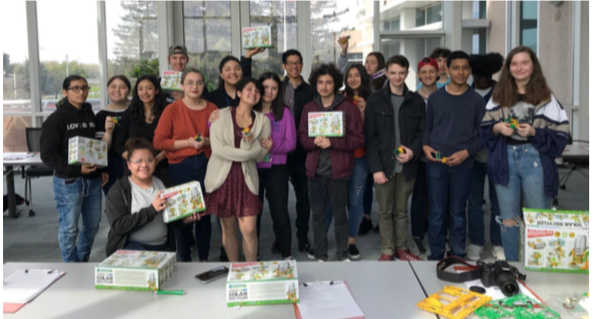 2019, Sacramento, California, USA
2019, Sacramento, California, USA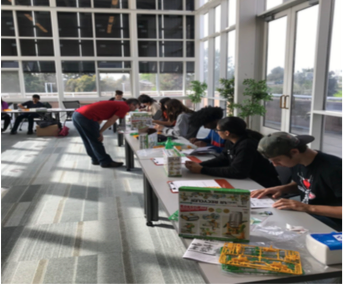



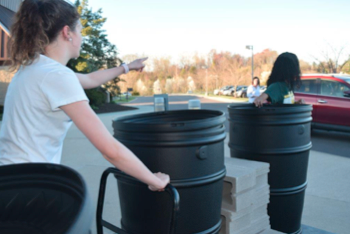
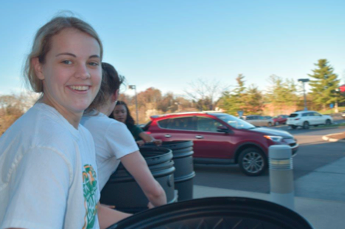
 2019, Beausejour, Manitoba, Canada
2019, Beausejour, Manitoba, Canada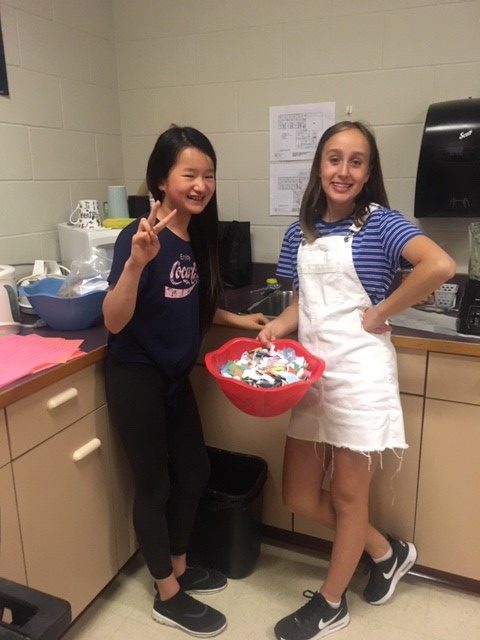 2019, Winnipeg, Manitoba, Canada
2019, Winnipeg, Manitoba, Canada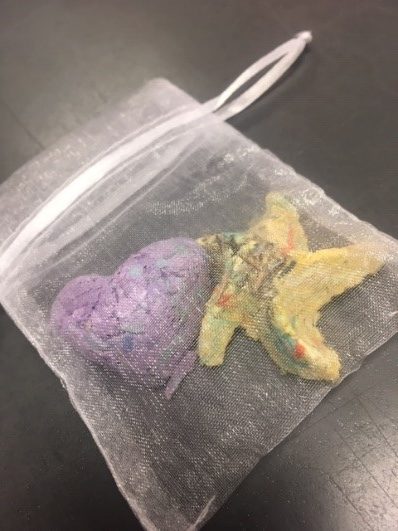 “This is important for our community because our school has recently placed beehives on the school roof. We are worried that the bees will not have enough pollen to support the ecosystem and their hive. Bees are important to our watershed because they pollinate plants and crops… Planting wildflowers around the community will provide food for the bees to help grow our bee population and raise awareness.”
“This is important for our community because our school has recently placed beehives on the school roof. We are worried that the bees will not have enough pollen to support the ecosystem and their hive. Bees are important to our watershed because they pollinate plants and crops… Planting wildflowers around the community will provide food for the bees to help grow our bee population and raise awareness.” Ten students from Berlin Intermediate School (BIS) (Heydein, Makai, Amber, Shane, Brandon, Brooklyn, Sage, Domnic, Lilah, Declan) created Project Nature in the Spring of 2019. The goal of Project Nature was to assess BIS’ school grounds and implement best management practices to improve their local Coastal Bays’ watershed. After weeks of research, democratically voting, and schoolground surveys, the students decided to undertake a three-part plan.
Ten students from Berlin Intermediate School (BIS) (Heydein, Makai, Amber, Shane, Brandon, Brooklyn, Sage, Domnic, Lilah, Declan) created Project Nature in the Spring of 2019. The goal of Project Nature was to assess BIS’ school grounds and implement best management practices to improve their local Coastal Bays’ watershed. After weeks of research, democratically voting, and schoolground surveys, the students decided to undertake a three-part plan. 2019, Carman, Manitoba, Canada
2019, Carman, Manitoba, Canada “In the end, helping someone understand how they can positively affect the environment is a challenge, but can have personal, as well as global impacts. I believe teaching the young students will promote a lifestyle that contributes to a healthy environment, since they are the future.”
“In the end, helping someone understand how they can positively affect the environment is a challenge, but can have personal, as well as global impacts. I believe teaching the young students will promote a lifestyle that contributes to a healthy environment, since they are the future.”
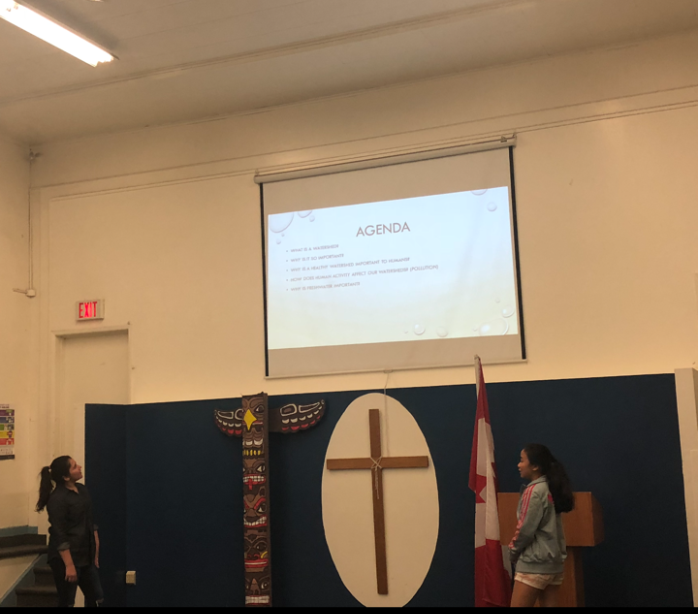 2019, Winnipeg, Manitoba, Canada
2019, Winnipeg, Manitoba, Canada